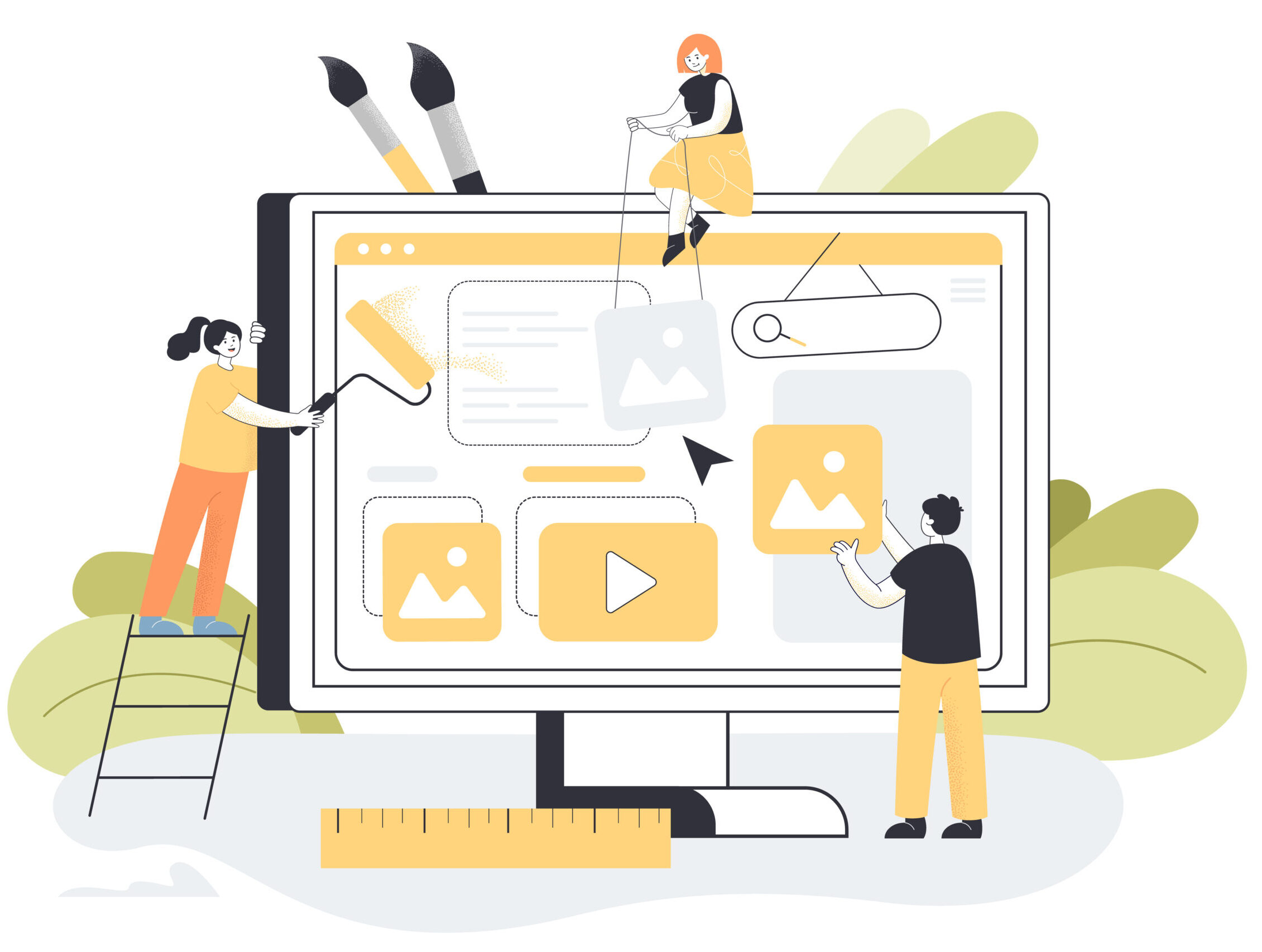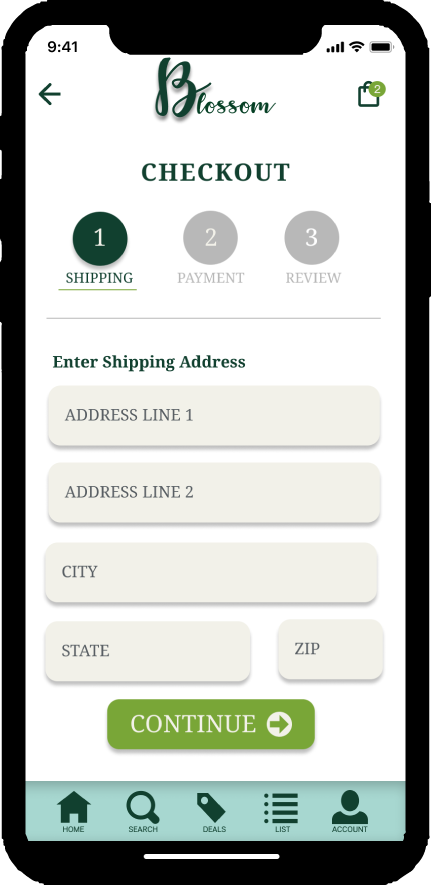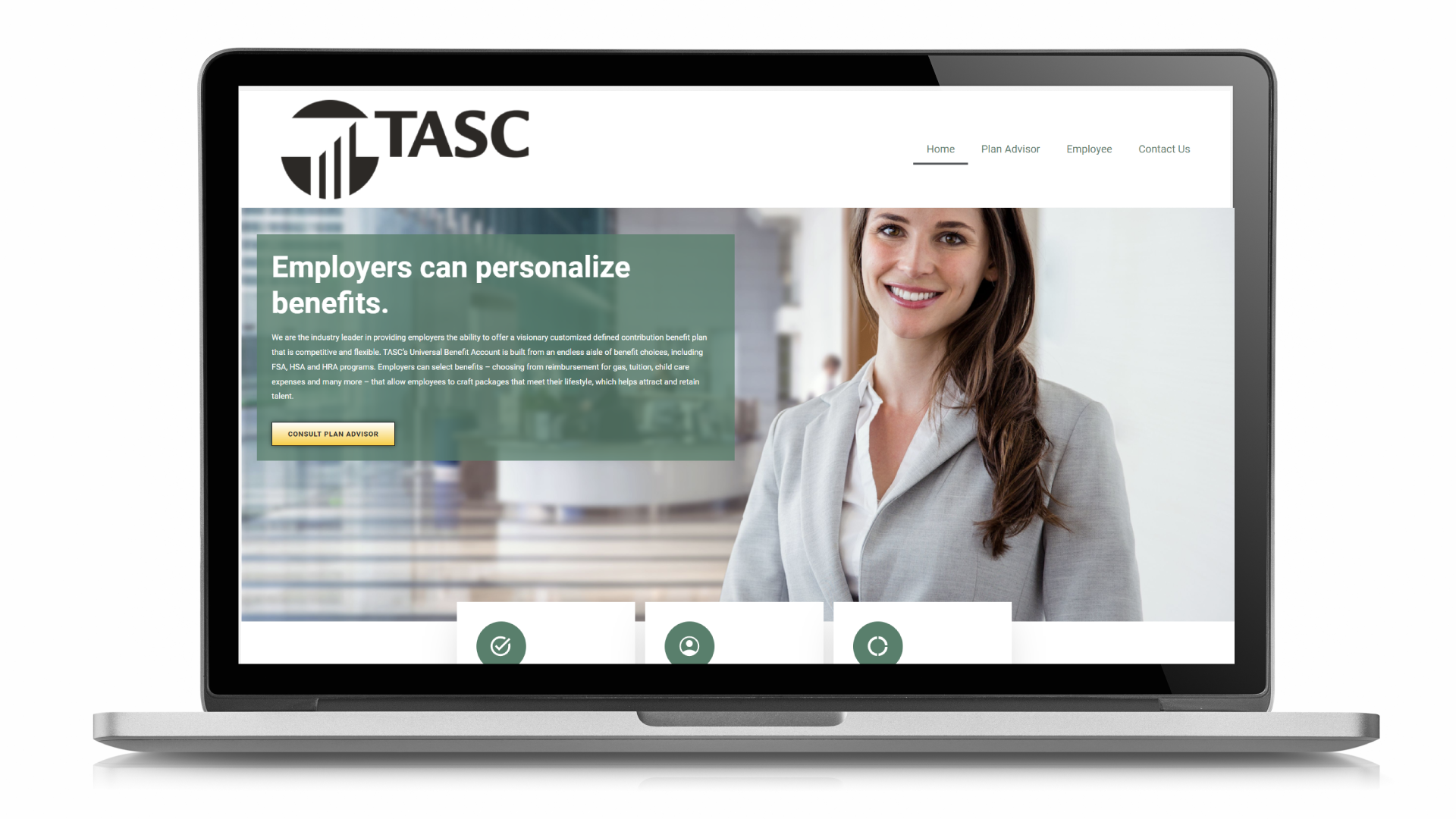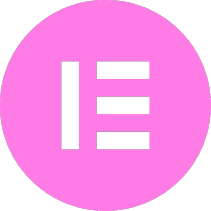It’s easier to start with what it is not. It is not a graphic designer or a web developer. Sometimes referred to as User Experience Designers, UX/UI Designers, Digital Product Designers, and so on. Regardless of the title, we leverage art, technology, and human behavior to create visual content and interactive experiences that blend aesthetics with functionality.
I approach projects with Design Thinking, a methodical approach that leads each project stage by engaging the customer and collecting feedback. We identify problems by empathizing with the customer, researching and analyzing customer behavior to validate the identified issue, brainstorming and developing creative solutions, and building prototypes with stakeholder validation.
Businesses save time and money with Digital Designers, who provide research-backed designs and lightweight, interactive prototypes that enable quick changes and customer engagement throughout the build process. Our goal is to create a delightful customer experience.

DESIGN THINKING is the framework and process used to increase the probability of a successful idea. This framework has a six-step process for defining a problem, generating ideas, and validating solutions with users. Successful user-centric solutions meet at the intersection of art, technology, and understanding user behavior.
Conduct user research by talking to a variety of users and document the problems that exist within a process.
Generate a variety of creative ideas that could solve the problem.
Build a real representation of the solutions based on the list of creative ideas. This could be a paper prototype, low-fi and high-fi Figma prototypes to test with users.
Go back to the users, test the prototype, and document the findings. This cyclical and repetitive process that controls variables to determine the best user experience.
Once a design has been tested and measured with users, it’s time to build a market-ready solution.
A local, 100-year-old family-owned business in Wisconsin sells seeds, plants, and garden supplies through catalog sales and a regional brick-and-mortar presence. Competitive research shows this business is behind the competition in its e-commerce capabilities. A fresh design with enhanced e-commerce capabilities will attract and retain customers, lower cost to convert sales, lower customer acquisition rates, and decreasing cart abandoned rate.
This high-resolution prototype works like a fully developed app without the development costs. It could be used to test ideas in the market and determine their desirability, feasibility, and viability.
I used the Design Thinking Process, Design Principles, and the following tools: Figma, Adobe Illustrator, and Adobe Photoshop.










In a professional capacity, I’ve designed and built various websites, each tailored to meet the business’s unique needs. With a creative mind, writing ability, and diverse skills in the following tools, I’m showcasing a few web projects highlighting my expertise in creating user-friendly and visually appealing websites.
To explore each website in further detail, refer to the URL under each showcase photo.












The University of Wisconsin Madison Institute of Research on Poverty sponsors a program called The Alliance for the American Dream: DreamUp Wisconsin, which sponsors events to pitch ideas on how to help increase the wages of the middle class.
In 2019, an initiative called We Care for Dane Kids, a four-pillar approach to reduce the cost of childcare, won the national competition and earned over $1M of funding. As one of the four pillars, I researched the industry and developed a marketing strategy to increase participation in dependent care flexible spending accounts.
Furthermore, I established a B2B partnership with a start-up B2C childcare marketplace that connects parents with in-home and childcare center providers.
The vision was to build technology to seamlessly share transaction data between a childcare provider, parent, and third-party administrator for dependent care reimbursement. Easing the burden parents face with claiming reimbursement today to save 30% on child care costs.

My more recent experiment was taking Human Resource compliance services, which are typically sold through a Broker to a business, and build an e-commerce experience and business model.
A challenge!? Yes, it was! Over 6 months, I conducted research and analyzed results, conducted customer surveys, designed and re-designed wireframes, developed a marketing strategy, created an operational workflow strategy, and more. Click the case study below to view my strategic proposal and recommendation.

As an independent study overseen by leadership at UW-Madison Information School (iSchool), I conducted user research, analyzed results, and proposed a new approach to the class structure and content for creating a professional portfolio, resume, and cover letter.
The new content include a new class Syllabus, a Student Guide, and Peer-to-Peer Critique criteria to help students create and execute a plan over a 7-week online course.
My suggested approach is strategic and emphasizes the importance of developing a plan, setting goals, and receiving feedback from peers through-out the process.